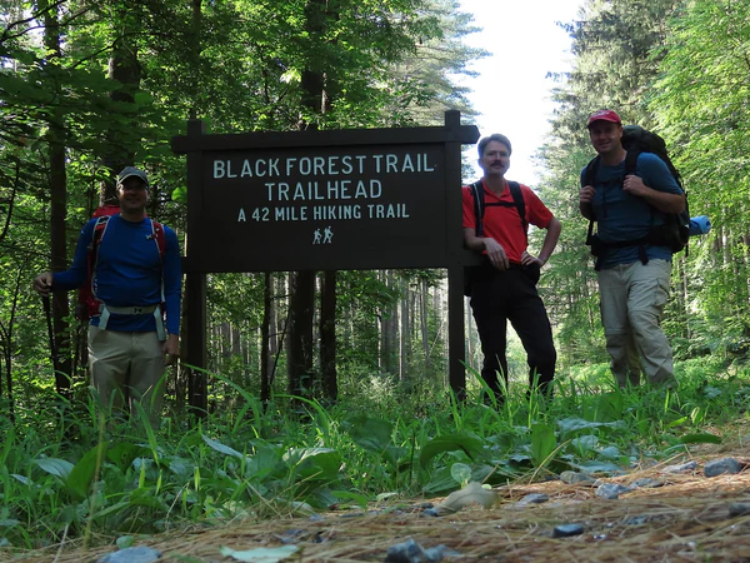
The Black Forest (Schwarzwald in German) is located in the southwest region of Germany, primarily in the state of Baden-Württemberg. It spans an area of about 6,000 square kilometers (2,300 square miles) and is known for its dense forests, picturesque villages, and scenic beauty. The region is a popular destination for hiking, skiing, and exploring its charming towns and cultural heritage.
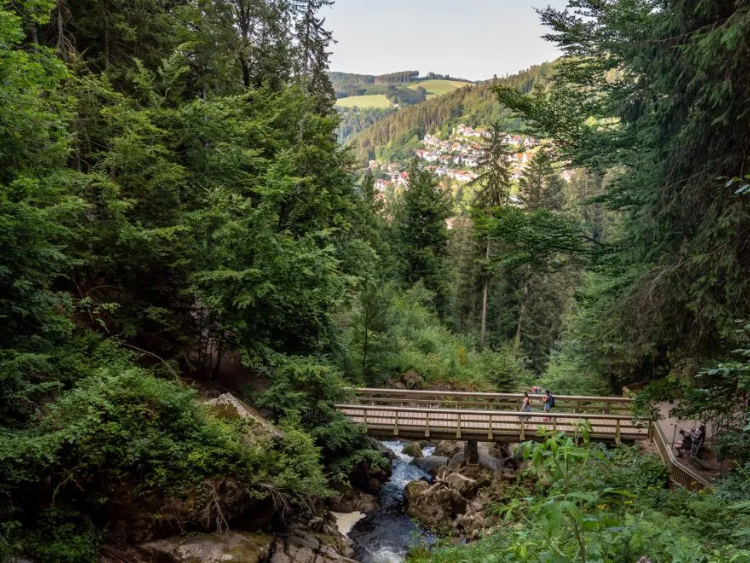
The Black Forest has been a geographical feature for millennia, formed during the last ice age. Its name, "Schwarzwald" in German, has been in use since at least the 17th century.
The Black Forest has a rich history and cultural significance that extends far beyond its natural beauty. Here are some key points:
1. **Formation**: The Black Forest formed during the last ice age, as glaciers shaped its landscape. Its name "Schwarzwald" comes from the thick canopy of evergreen trees that often cast dark shadows, particularly when viewed from a distance.
2. **Geography**: The Black Forest is located in the state of Baden-Württemberg in southwestern Germany. It stretches from the town of Pforzheim in the north to the Swiss border in the south and from the Rhine River in the west to the Neckar River in the east.
3. **Culture and Traditions**: The region has a rich cultural heritage, including distinctive architecture, cuisine, and traditions. Traditional Black Forest houses are characterized by their half-timbered construction and sloping roofs. The area is also famous for its cuckoo clocks, which have been crafted here since the 18th century.
4. **Tourism**: The Black Forest is a popular tourist destination, attracting visitors from around the world. Its scenic beauty, with dense forests, rolling hills, and picturesque villages, offers opportunities for hiking, cycling, skiing, and other outdoor activities. The region also boasts numerous spa towns, such as Baden-Baden and Bad Wildbad, known for their thermal baths and wellness offerings.
5. **Literary and Cultural Significance**: The Black Forest has inspired artists, writers, and composers for centuries. It was a favorite subject of Romantic poets and painters, who celebrated its natural beauty and mystical atmosphere. The Brothers Grimm, famous for their fairy tales, collected stories from the region, including "Hansel and Gretel" and "Snow White."
The Black Forest is not just a geographical location but also a symbol of Germany's natural beauty, cultural heritage, and romantic allure.
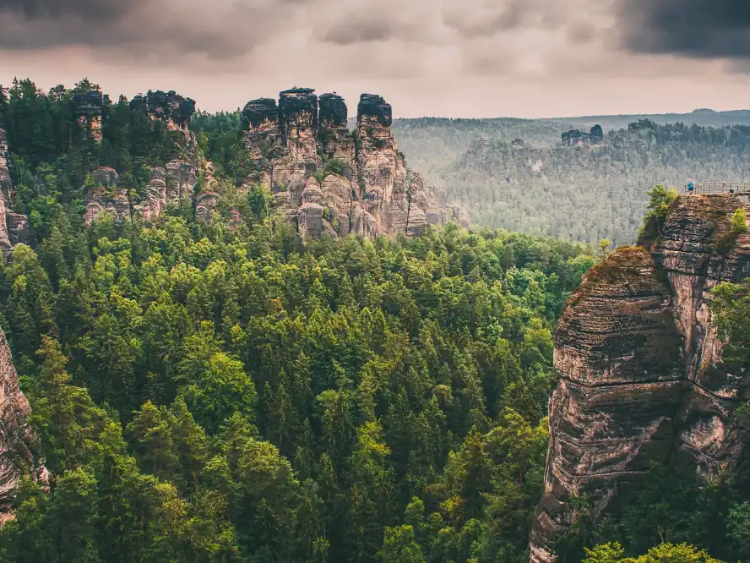
The Black Forest was not "invented" by any individual or group; rather, it is a natural geographical feature that formed over millions of years due to geological processes, particularly during the last ice age. The name "Schwarzwald" (Black Forest) has been in use since at least the 17th century, but the region itself has existed for much longer. It was shaped by glaciers, erosion, and other natural forces over millennia. While certain individuals and cultures have contributed to its development and cultural significance over time, the Black Forest itself is a product of geological history rather than human invention.
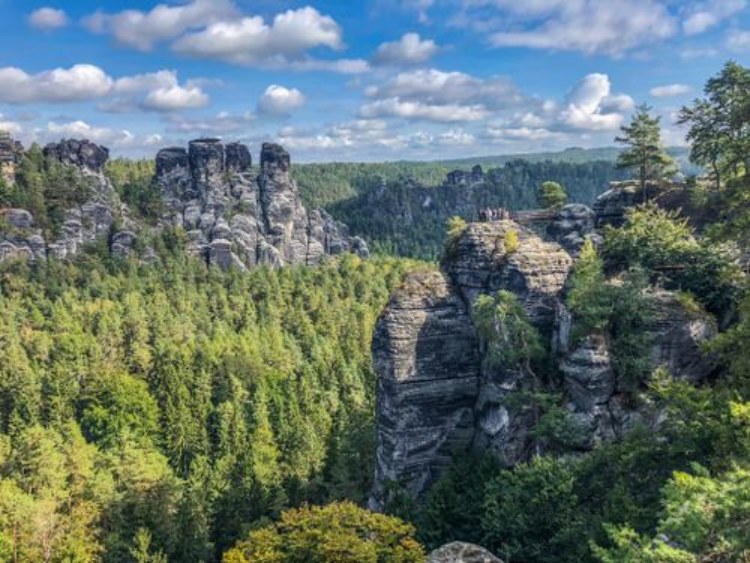
The name "Black Forest" (Schwarzwald) has a long history and several possible explanations for its origin:
1. **Thick Forest Cover**: The most widely accepted explanation is that the forest appears dark or black due to the dense canopy of trees, particularly conifers such as spruce and fir, which dominate the landscape. This dense vegetation can block out much of the sunlight, giving the impression of darkness, especially when viewed from a distance.
2. **Old Germanic Word**: Another theory suggests that the name "Schwarzwald" may have originated from an old Germanic word "swarz" or "swarze," meaning "dark" or "black." This could refer to the dark appearance of the forest or the soil in certain areas.
3. **Celtic Influence**: Some historians believe that the name may have Celtic roots, with "swarz" meaning "marshy" or "waterlogged." This interpretation suggests that the name could refer to the boggy, waterlogged conditions in some parts of the forest.
4. **Mythological or Folklore Origins**: There are also legends and folklore surrounding the origin of the name. For example, one legend suggests that the forest was named after a local lord named "Schwarz," while another tale attributes the darkness to a curse placed on the forest by a witch or evil spirit.
Regardless of its precise origin, the name "Black Forest" has become deeply ingrained in the cultural identity of the region and is synonymous with its dense forests, scenic beauty, and rich history.
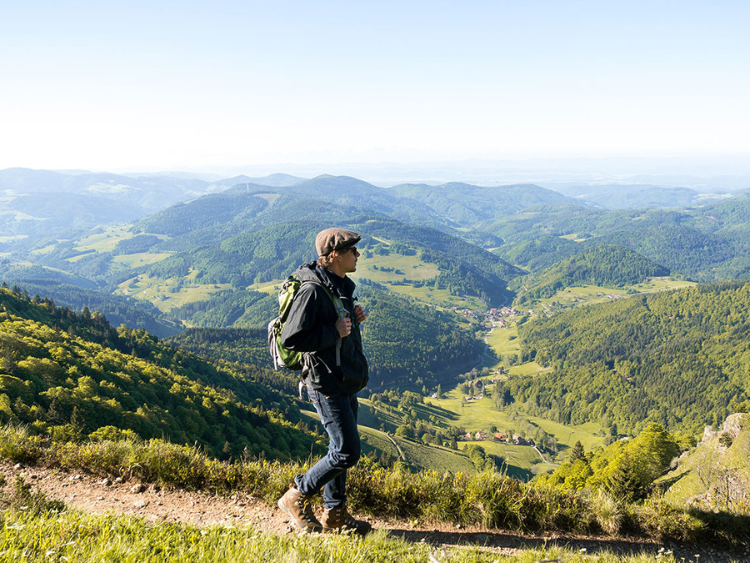
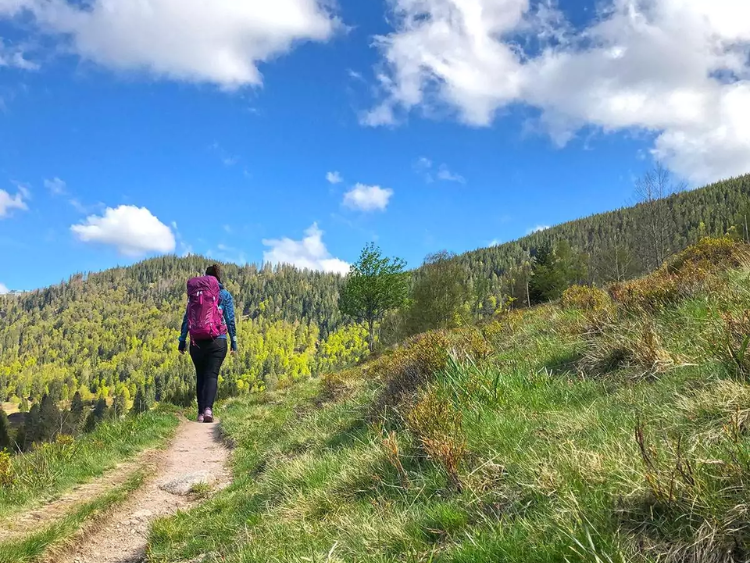

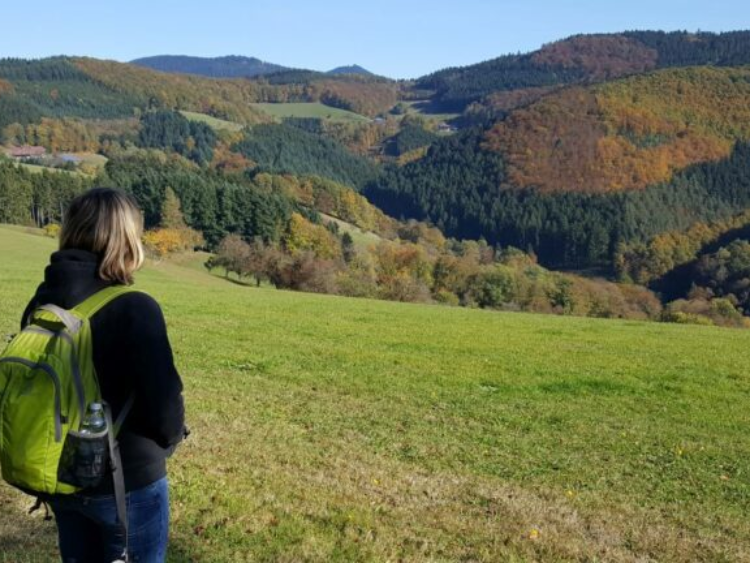
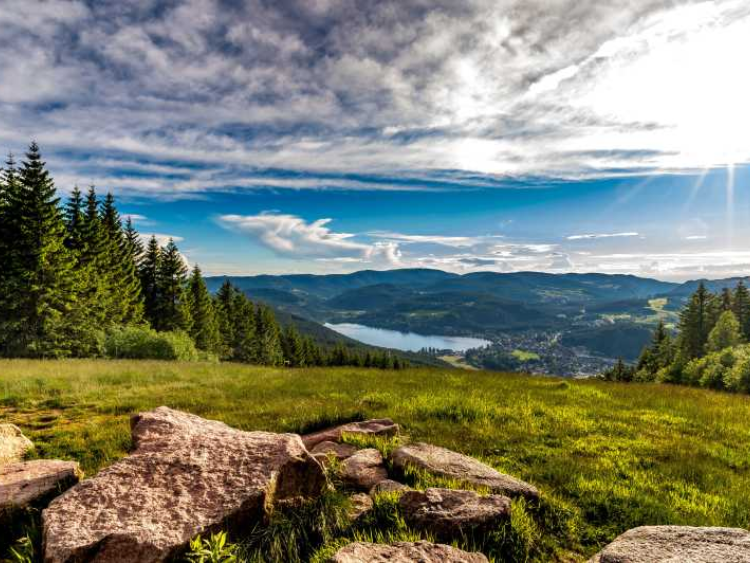
The Black Forest is a paradise for hiking enthusiasts due to several factors:
1. **Scenic Trails**: The region offers an extensive network of well-marked hiking trails that wind through picturesque landscapes, including dense forests, rolling hills, meadows, and charming villages. Hikers can choose from a variety of routes ranging from easy strolls to challenging treks, catering to different fitness levels and preferences.
2. **Diverse Terrain**: The Black Forest boasts diverse terrain, including gentle slopes, rugged mountain peaks, and tranquil valleys. This variety provides hikers with countless opportunities to explore different landscapes and ecosystems, from the serene shores of mountain lakes to the panoramic vistas from high summits.
3. **Natural Beauty**: Hiking in the Black Forest allows visitors to immerse themselves in the region's natural beauty, with towering trees, bubbling streams, cascading waterfalls, and abundant wildlife. The ever-changing scenery offers something new to discover around every corner, making each hike a memorable experience.
4. **Cultural Heritage**: In addition to its natural attractions, the Black Forest is steeped in cultural heritage, with centuries-old villages, historic landmarks, and traditional architecture dotting the landscape. Hikers can explore charming hamlets, visit historic sites such as medieval castles and monasteries, and learn about the region's rich history and folklore along the way.
5. **Well-Equipped Facilities**: The Black Forest is well-equipped for hikers, with numerous trailheads, parking areas, and amenities such as restrooms, picnic areas, and mountain huts scattered throughout the region. Many trails are also accessible by public transportation, making it easy for visitors to explore the area without a car.
Overall, the Black Forest offers a perfect blend of natural beauty, cultural heritage, and outdoor adventure, making it an ideal destination for hiking enthusiasts of all ages and abilities.
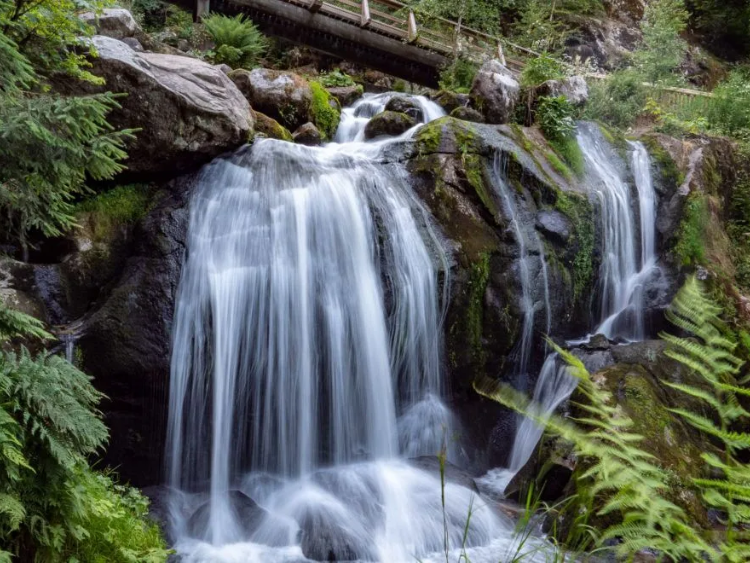
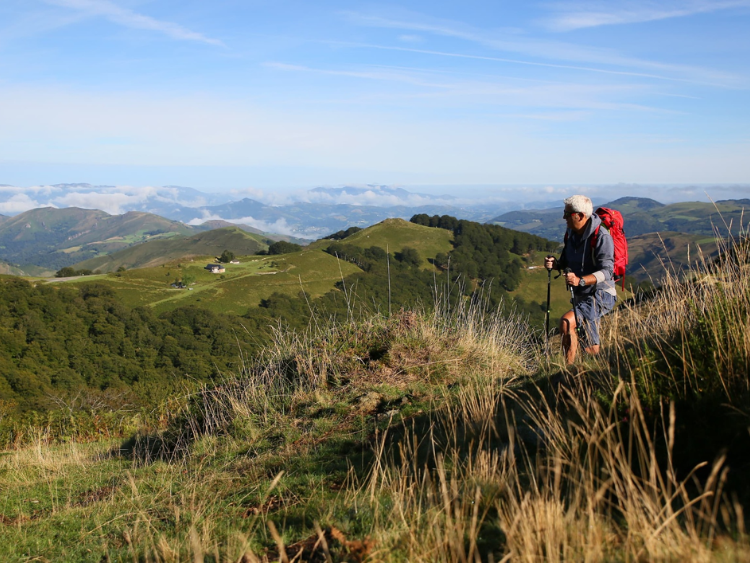
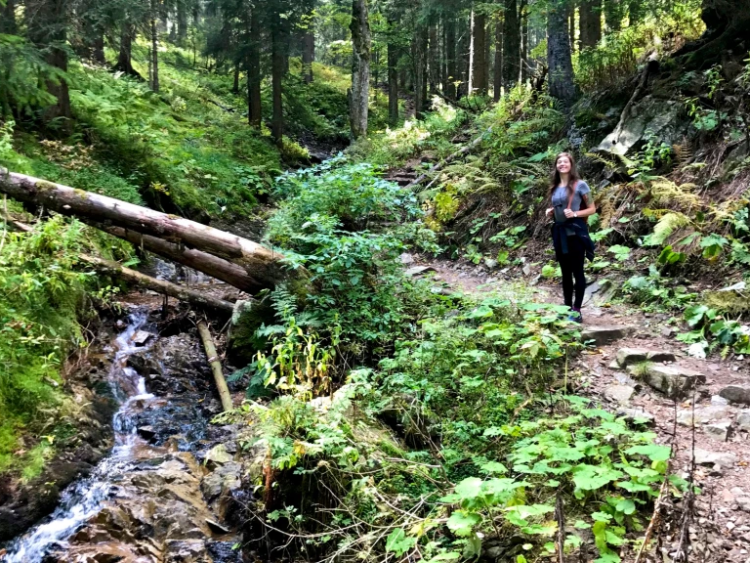


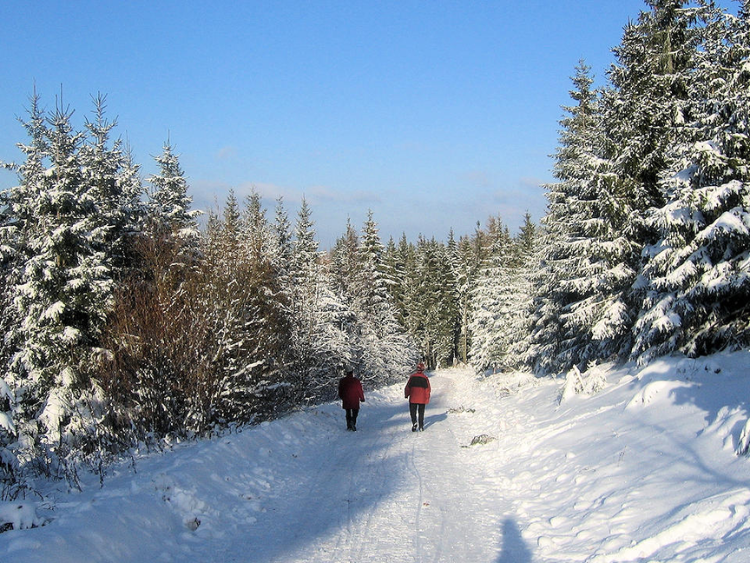

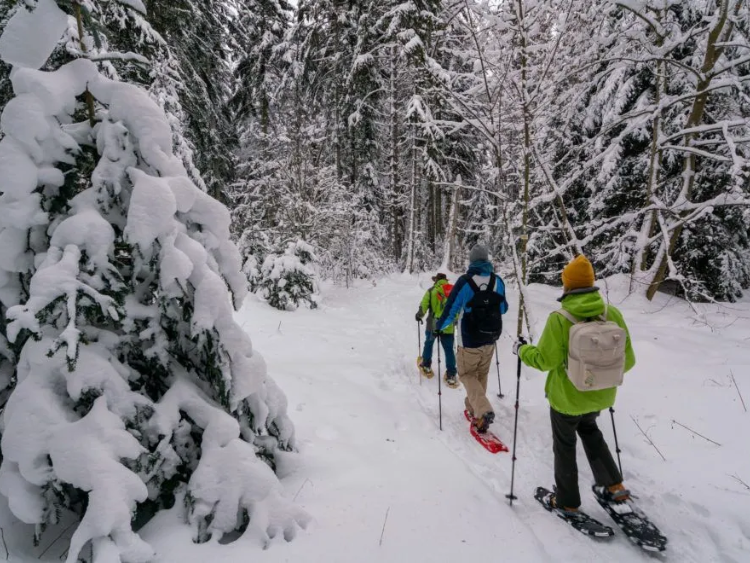
Indeed, the Black Forest is a fantastic destination for hiking year-round, each season offering its own unique experiences:
1. **Spring**: In spring, the Black Forest comes to life with vibrant colors as wildflowers bloom and trees awaken from their winter slumber. The weather is usually mild, making it an excellent time for hiking. Trails can be less crowded compared to the peak summer season, allowing visitors to enjoy the serenity of nature.
2. **Summer**: Summer is a popular time for hiking in the Black Forest, with long daylight hours and warm temperatures making it ideal for outdoor activities. Hikers can explore the lush forests, cool off in crystal-clear streams, and enjoy panoramic views from mountain summits. However, it's also the busiest time of year, so some trails may be crowded, especially in popular tourist areas.
3. **Autumn**: Autumn is perhaps the most magical time to hike in the Black Forest, as the landscape transforms into a kaleidoscope of reds, oranges, and yellows as the leaves change color. The weather remains pleasant, and the trails are often quieter than in summer. Hiking during this season offers breathtaking scenery and opportunities for photography.
4. **Winter**: While winter in the Black Forest can be cold and snowy, it's still a wonderful time for hiking, especially for those who enjoy winter sports such as snowshoeing and cross-country skiing. Many trails are maintained throughout the winter months, and the forest takes on a magical quality when blanketed in snow. Just be sure to dress warmly and check trail conditions before setting out.
Overall, whether you visit in spring, summer, autumn, or winter, the Black Forest offers endless opportunities for outdoor adventure and exploration, making it a year-round paradise for hiking enthusiasts.